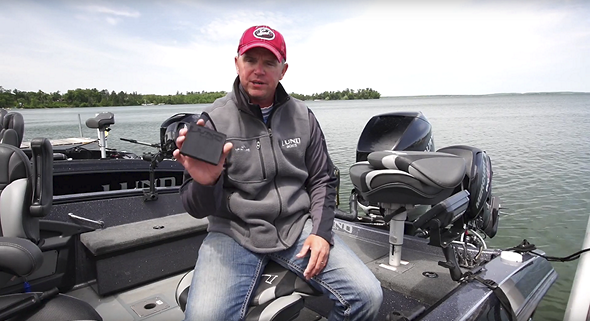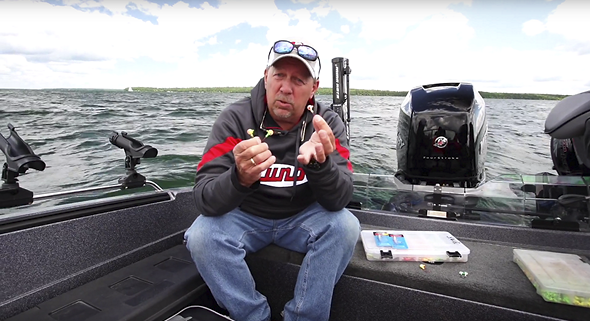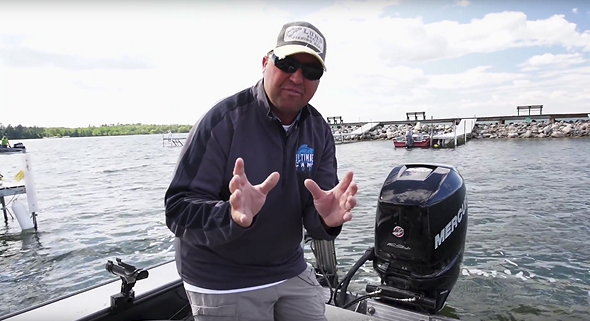Musky Fishing in June – Tips from the Experts
Get more musky on the line with our team’s tips and tricks.

The muskellunge — musky for short — is the largest fish in the pike family, and for many freshwater anglers catching them represents the ultimate challenge. Depending on where you’re located, June may well be a prime month to tie into these hard-to-catch critters. If, that is, you apply these musky fishing tips and tactics.
The lure could be the cure
When you see followers but don’t get bites, switch lures. This behavior tells you that you’ve found a productive area where musky are located but whatever you’re casting isn’t sealing the deal. So, give the fish a completely different option to consider.
Fine tune your “figure 8”
Most anglers who enjoy fishing for musky know to shove the rod tip into the water and sweep it in a figure 8 pattern to trigger boat-side strikes at the end of a cast, but there’s more to it than just moving your rod tip around. Varying the speed of your figure 8 is important, as it can trigger bites from curious fish that aren’t yet willing to commit. Usually speeding up is the move, but when that doesn’t work try slowing down and then speeding up again. Also, be sure to make the figure 8 as wide as possible as opposed to moving the rod in a tight and narrow pattern. Finally, when you have a follow don’t give up. As long as a musky has your lure within sight and you’re doing a figure 8 you have a shot at hooking that fish.
Shift your focus to the shallows
If it’s an unusually cool spring and/or you’re in far northern waters where the temperatures may still be low, consider trying areas of shallow water with dark mud bottoms. These can heat up a lot faster than the surrounding waters and provide solid action late in the afternoon on sunny days. If it’s an unusually warm spring and/or you’re in a more southerly area, the fish could be anywhere from shallow weedy flats to open water (often depending on the presence of bait), so rather than focusing your efforts on just a few spots, stay on the move and work a wide range of locations until you find fish.
Think like a musky
Look for emerging weed cover adjacent to deep water areas. In just about any circumstances this sort of spot gives the musky what they desire most: productive hunting grounds with fast access to sanctuary.
Know when to change your pursuits
Always remember that 80-degree water temperatures are the cut-off point when it comes to musky fishing. The fish have much lower survival rates once the water warms up to this degree, and if it happens during the month of June in your neck of the woods, it’s best to choose another target species until fall rolls back around.
---
No matter what species you usually fish for, if you hook into a lunker musky there’s a good chance it will be among the largest fish you ever catch on your Lund fishing boat. Hopefully, these tips will help make it happen and this June will be one to remember.
Watch Lund’s Ultimate Fishing Experience Show for more info on musky fishing.
Check out Lund’s best boat for musky fishing – the Pro-V Musky XS.
Get Updates
Sign up for our newsletter



